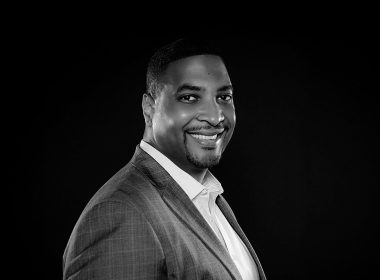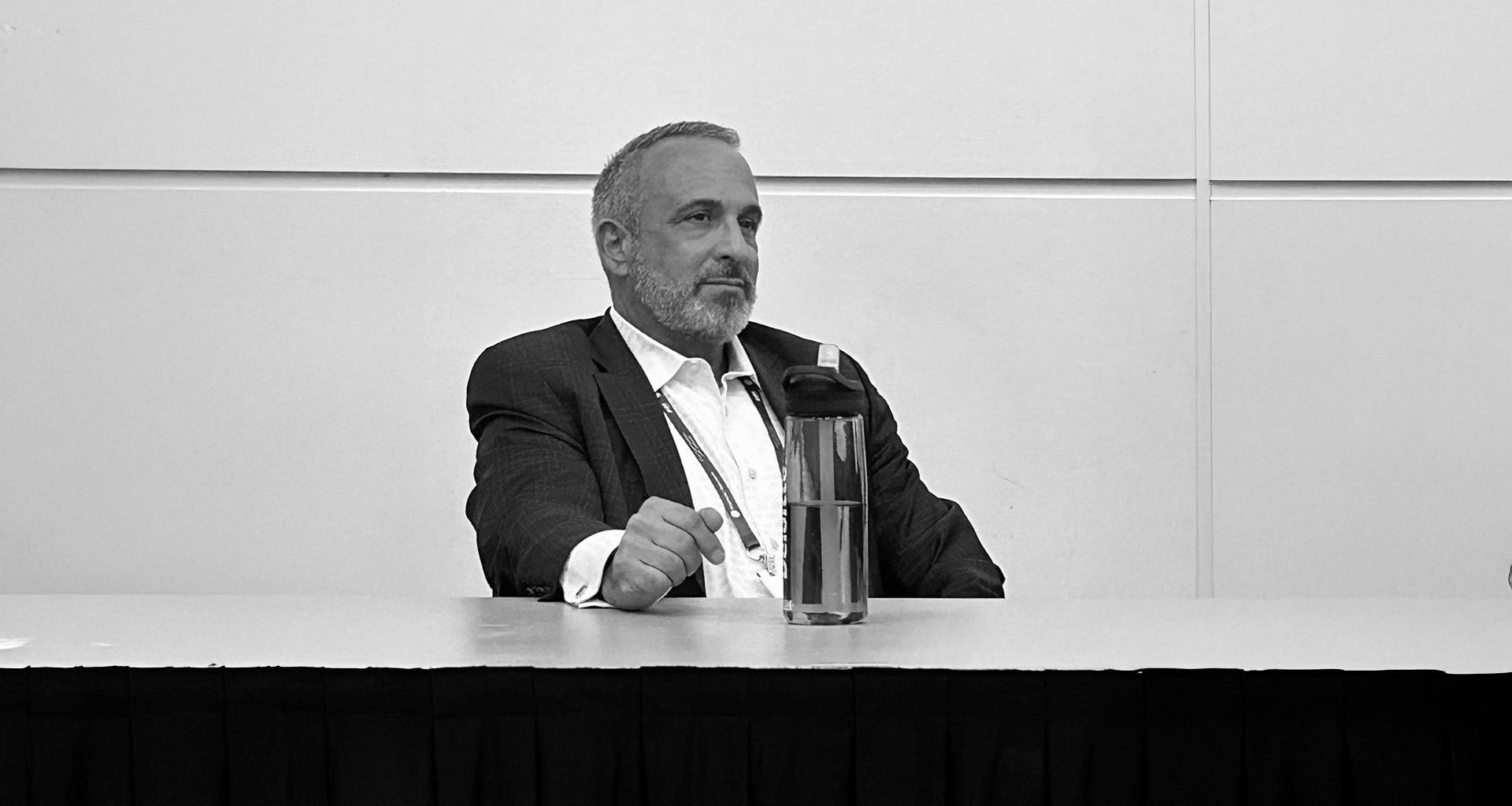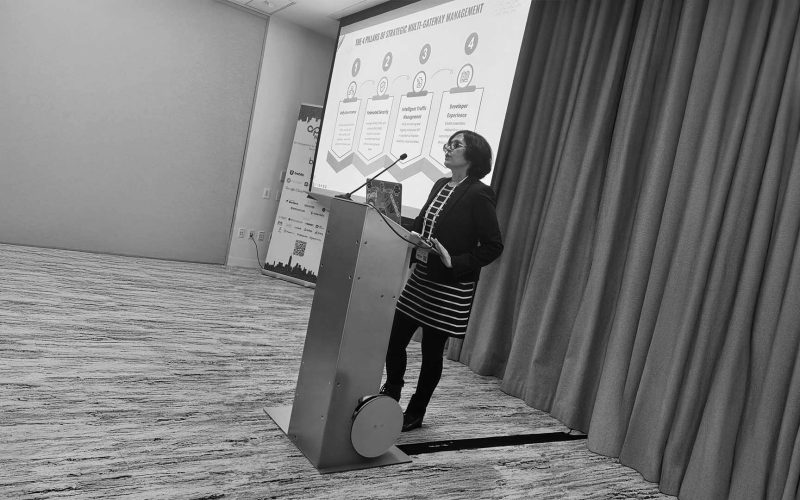Workforce planning has evolved from basic headcount tracking to sophisticated analytics that predict business outcomes. Companies now face the challenge of integrating AI technologies while ensuring their talent strategies align with rapidly changing market demands. Russell Klosk, managing director at Deloitte and author of “Talent Prophecy,” has spent years helping organizations transform their approach to strategic workforce planning through data-driven insights.
Shifting From Metrics to Meaning
The traditional approach to workforce management focused on simple reporting metrics. Russell points out that companies “used to just do reporting: days to fill, cost per hire, number of open seats, retention numbers, performance numbers.” While these measurements remain important, they only scratch the surface of what’s possible. The real value comes from understanding trends and root causes that drive workforce decisions. Modern organizations can’t rely on gut feelings when competitors are using sophisticated analytics to gain advantages. “With so much data available today, organizations can’t afford not to make workforce decisions based on that information,” he explains. “Intuition for any decent sized company is no longer going to fly. You’ll get it right sometimes, but your competitors will get it right more often because they’re using the analytics and they’ll win.”
Breaking Down Planning Silos
One of the biggest obstacles he encounters is organizational silos that prevent effective workforce planning. HR departments often operate in isolation from finance and business operations, creating missed opportunities for strategic alignment. “One of the most common mistakes that we see today is that HR, finance, and the actual business operations groups don’t talk to each other,” he notes.
When done correctly, HR becomes an integral part of business strategy rather than just a support function. Russell envisions integrated processes where “the business informs what the workforce will do and talent capabilities inform what the business can do, and they make decisions together.” This creates a transparent environment where employees understand business needs while leaders recognize workforce capabilities and ambitions. The result is what he describes as a more empowered workforce that performs at higher levels while meeting business objectives. This alignment allows workers to advance their careers and earn more while enabling businesses to improve margins and increase innovation.
Turning Workforce Data Into Decisions
Collecting information is only the first step in effective workforce analytics. The real challenge lies in building capabilities that turn data into actionable decisions across the organization. Russell emphasizes that this capability shouldn’t exist only within HR teams but should extend to line managers who can address challenges in real time. “The real power of HR analytics is not reporting. It’s not just about collecting data. It’s about translating that data into real decisions,” he explains. When managers have access to the same dashboards and analytical tools as HR professionals, they can quickly identify and address issues such as turnover spikes, recruitment challenges, or skills gaps without waiting for formal analysis.
Leading organizations embed analytics into every level of decision-making, from daily operational tasks to boardroom discussions. According to Russell’s observations, talent questions consistently rank among the top three considerations in board decisions across industries, sometimes taking the top spot in service-oriented businesses. Russell sees workforce analytics as the ultimate differentiator in competitive markets. Companies that master this capability can compete effectively regardless of size by ensuring they have “the right talent, the right place, the right skills, and the right cost.” The fundamental business needs haven’t changed, but analytical capabilities have dramatically improved organizations’ ability to meet those requirements. The integration of AI technologies adds urgency to workforce planning initiatives. As he notes, “Every company is struggling with how do we integrate these AI technologies? How do we take advantage of these capabilities? And what do we have to change in our workforce in order to do that?”
His final message focuses on moving beyond simple number-crunching toward creating meaningful business impact. The organizations that succeed will be those that use analytics not just to measure what happened, but to predict and shape what comes next in their workforce strategies.
Connect with Russell Klosk on LinkedIn to learn how your workforce strategy can drive business outcomes.











